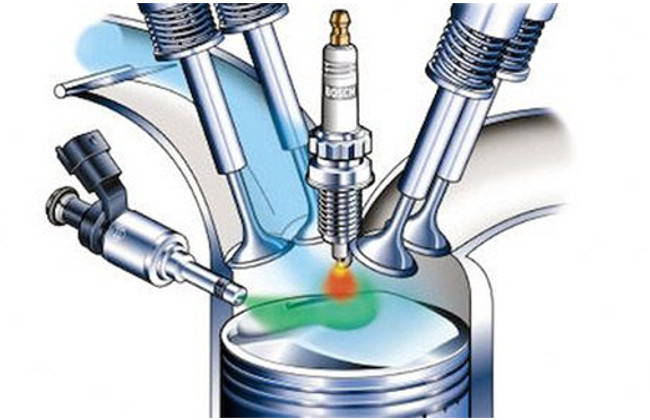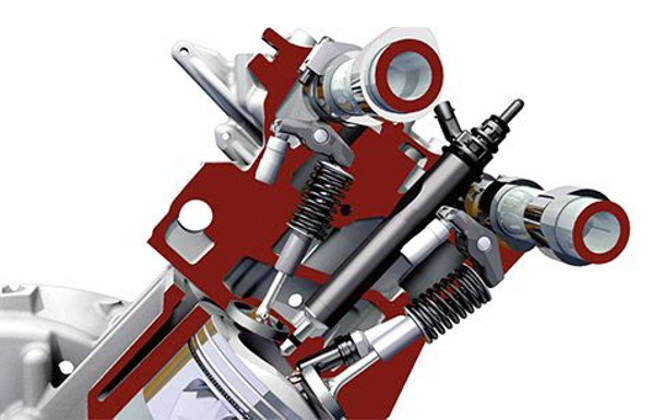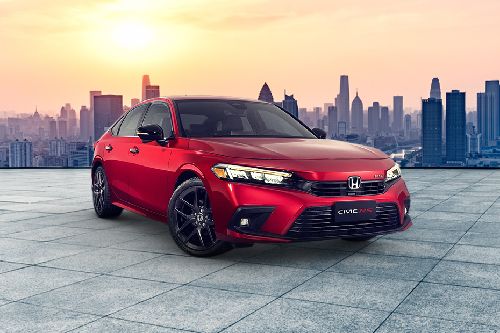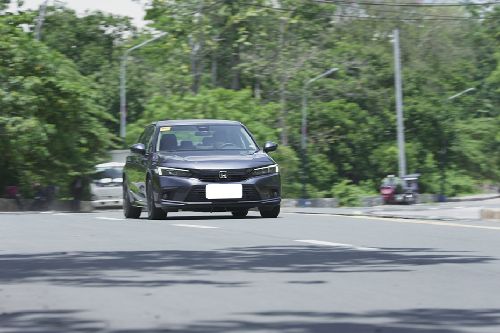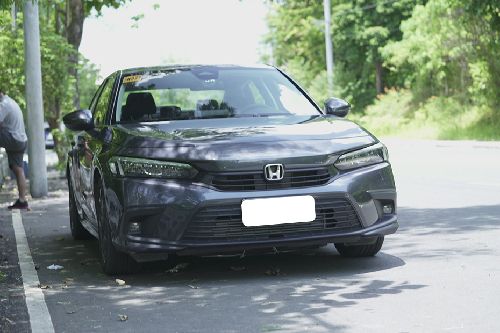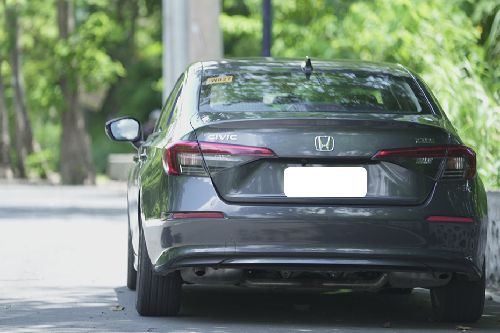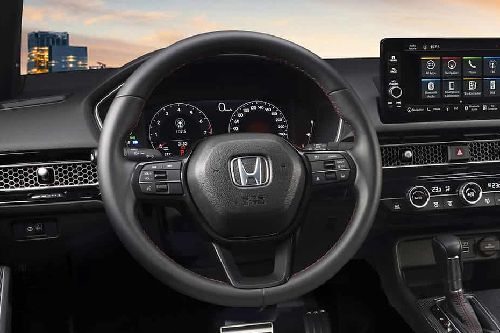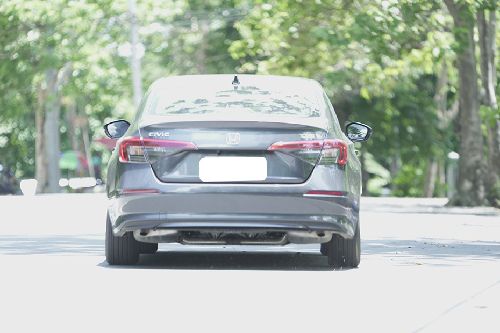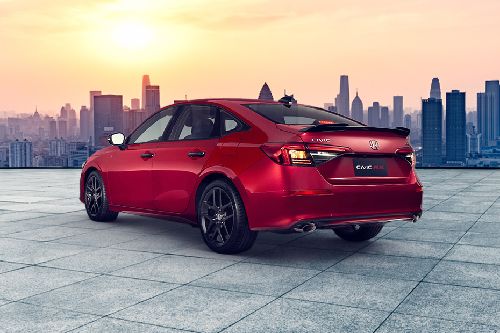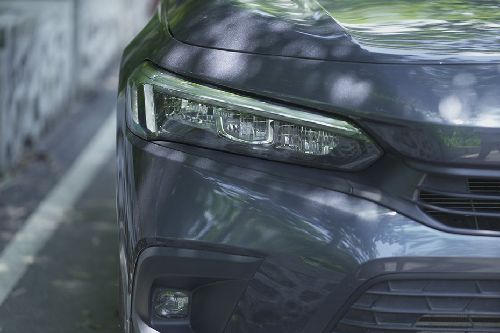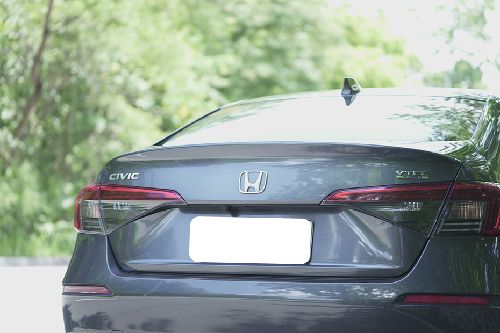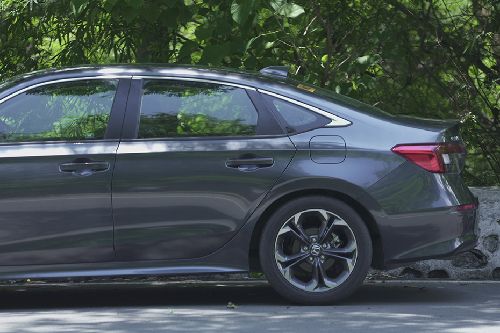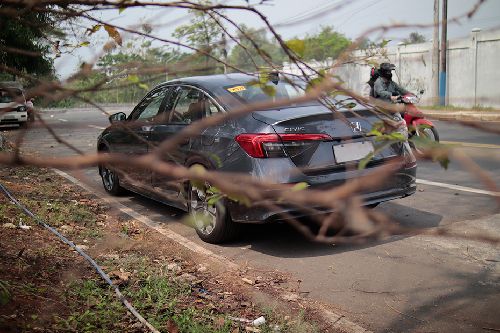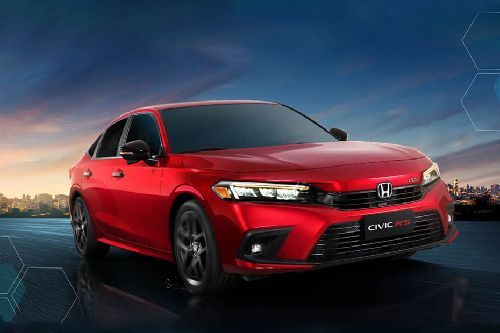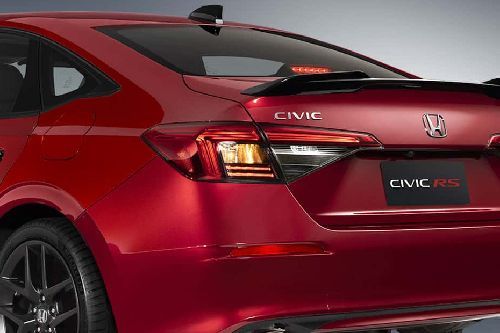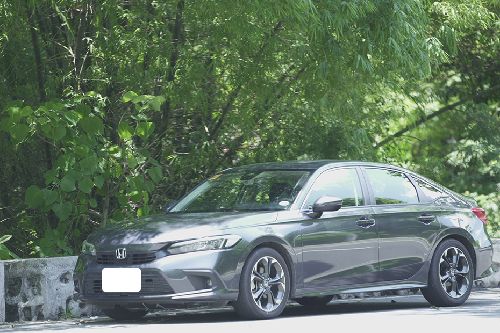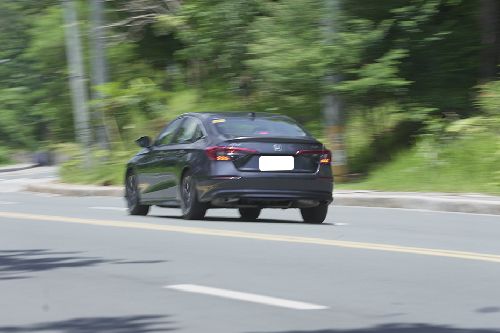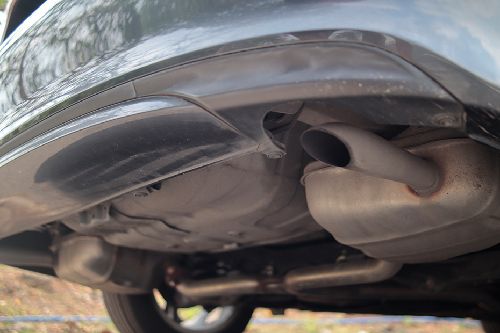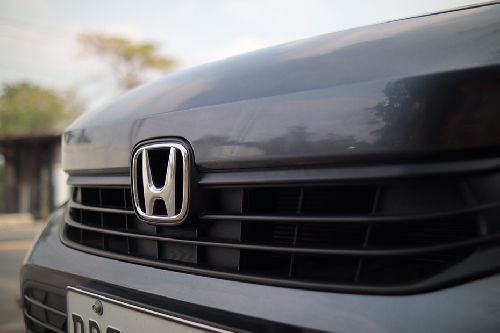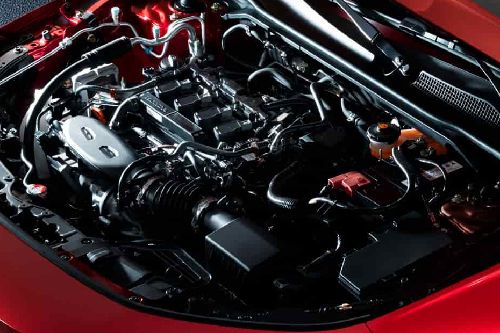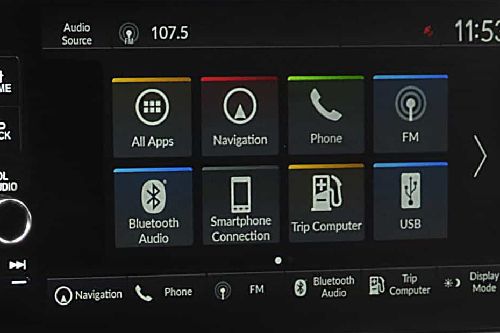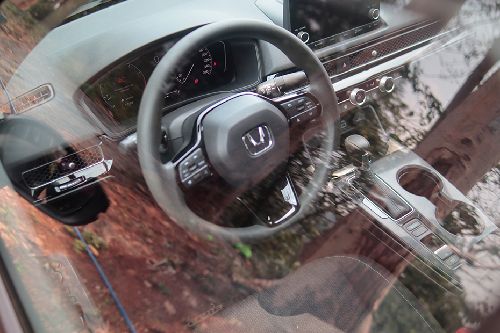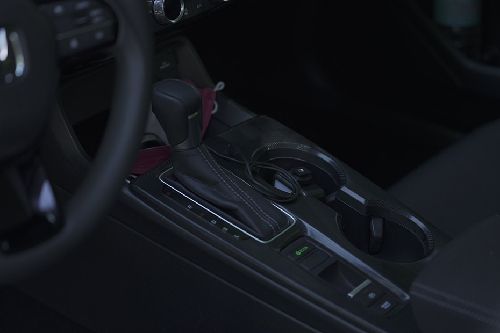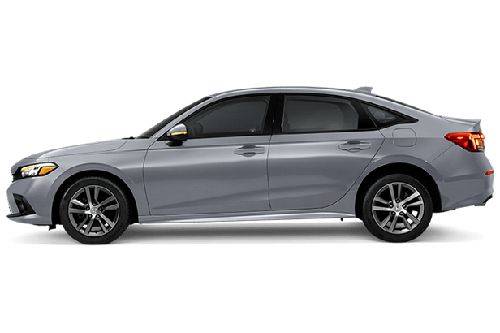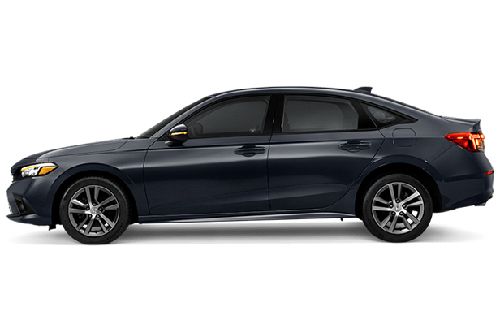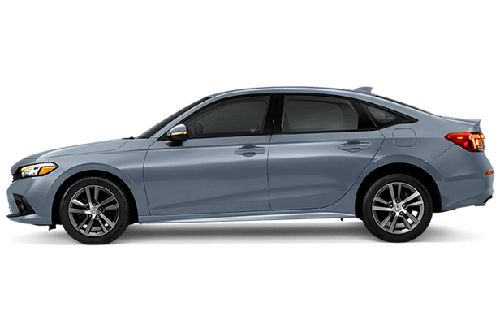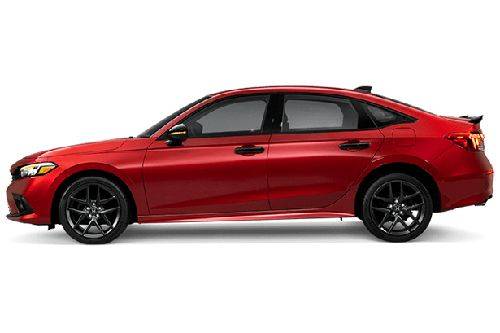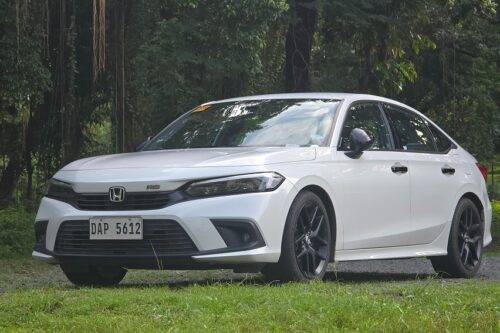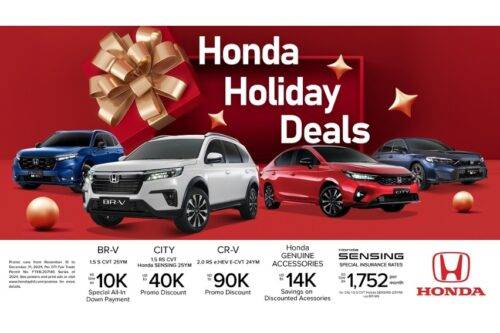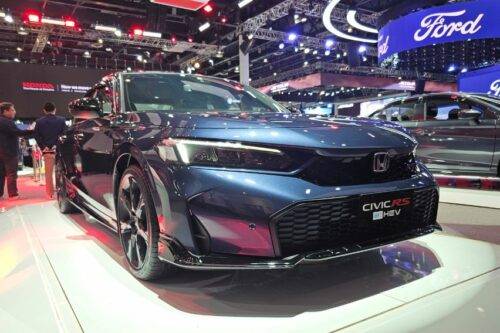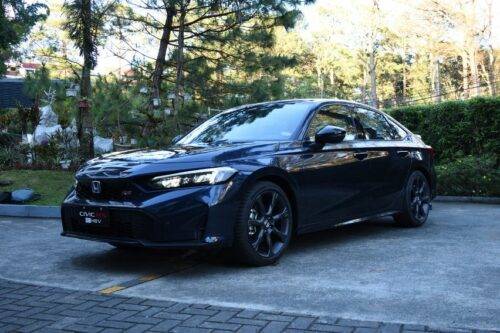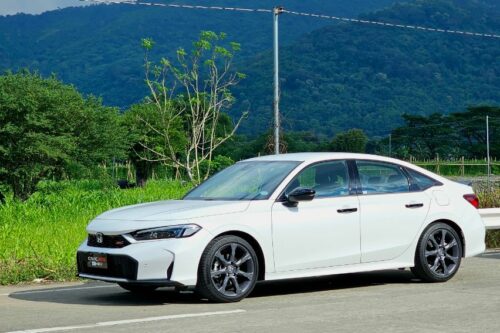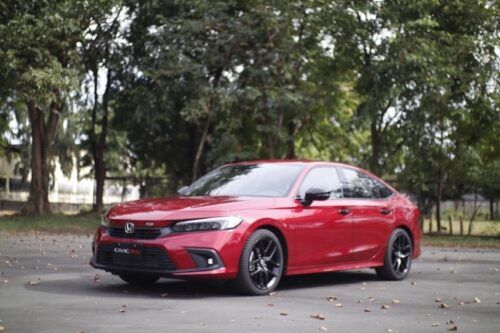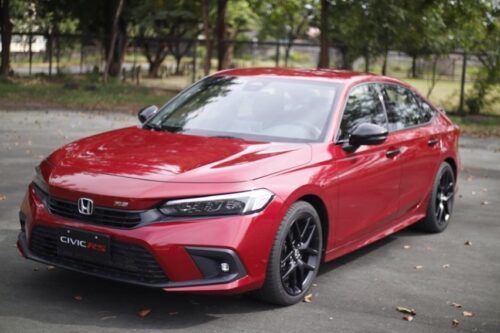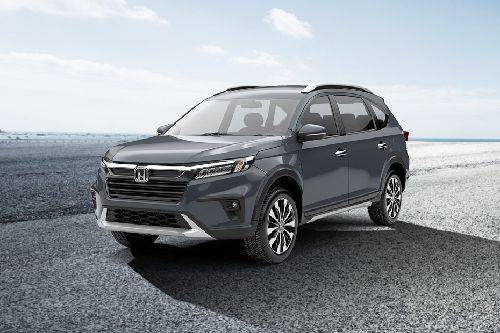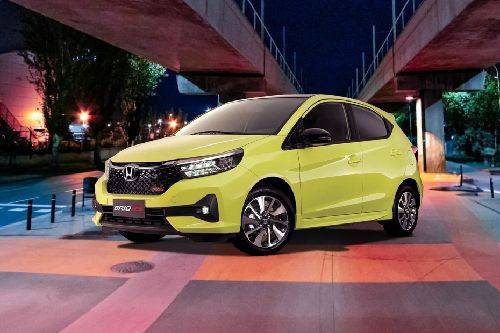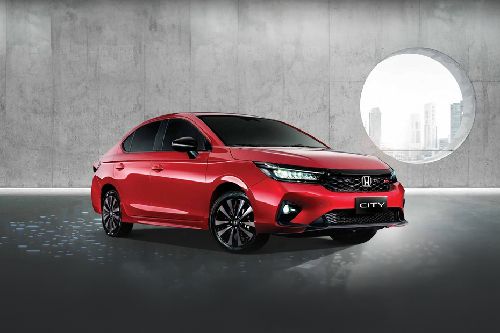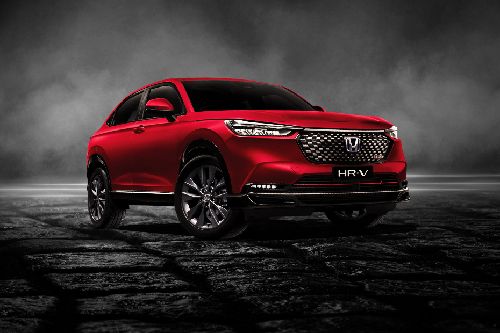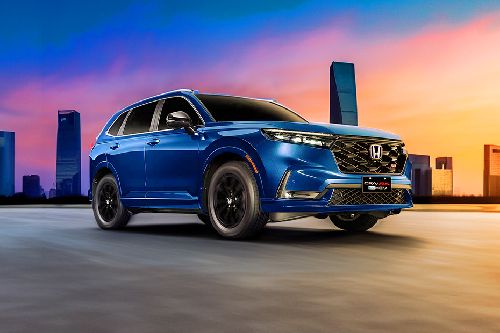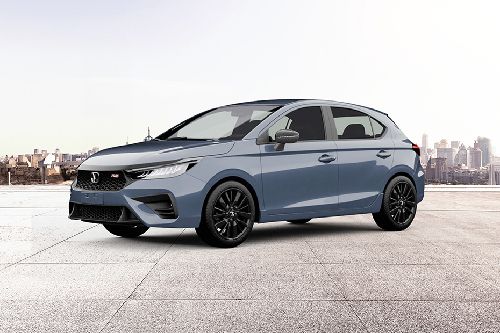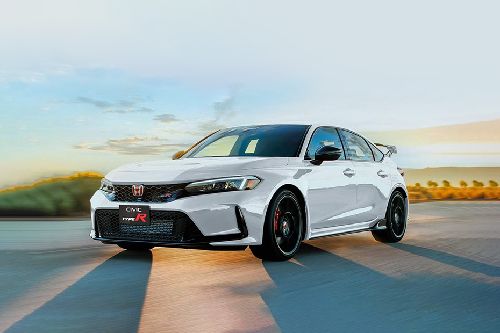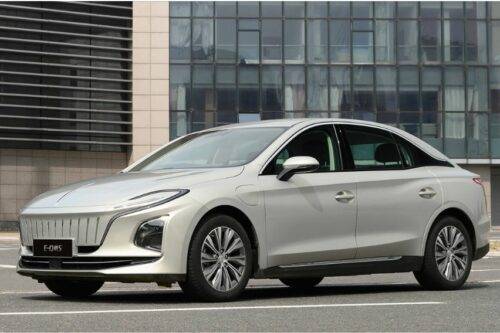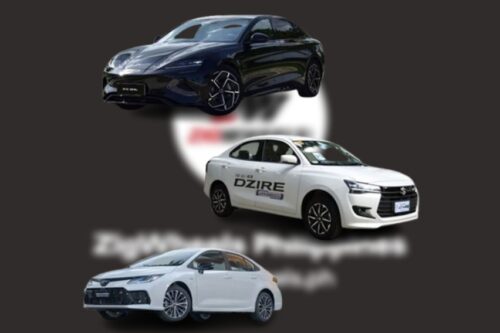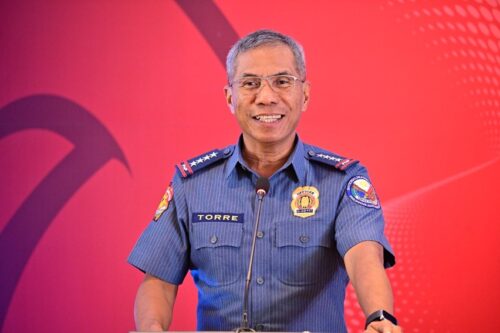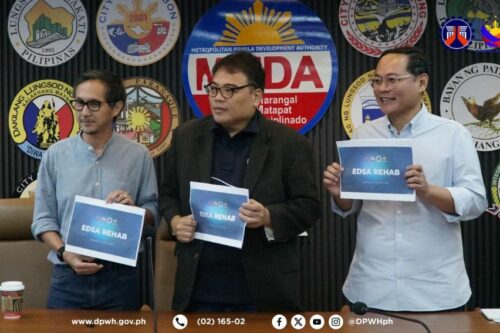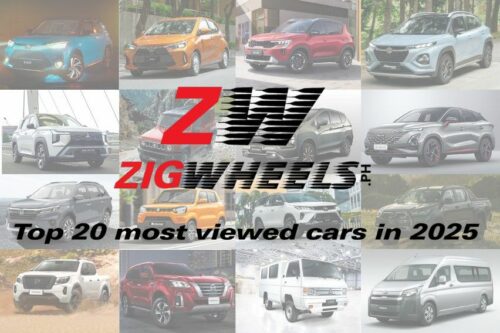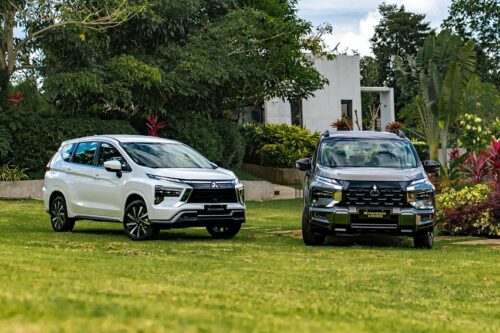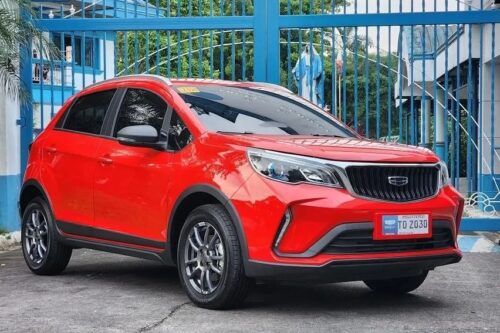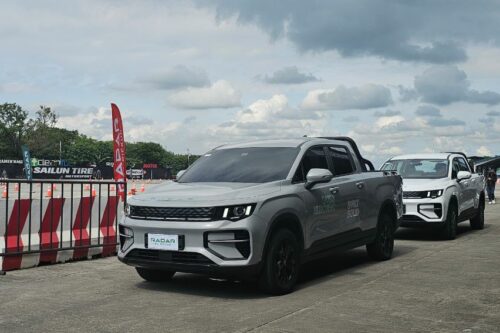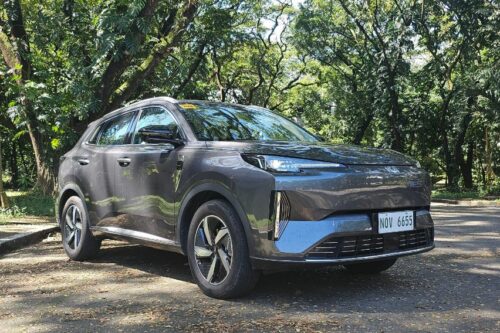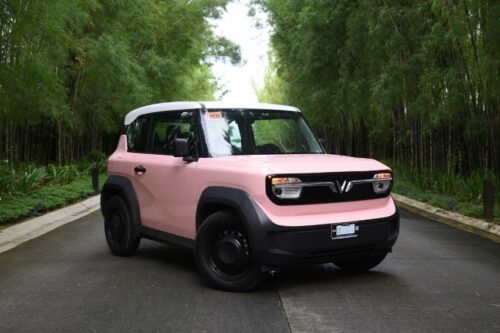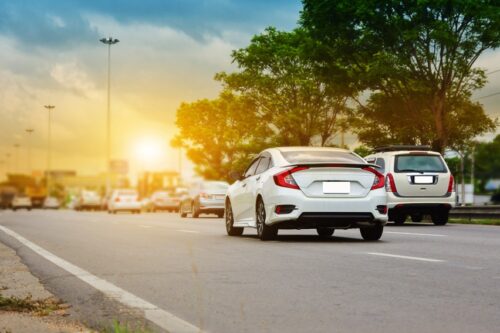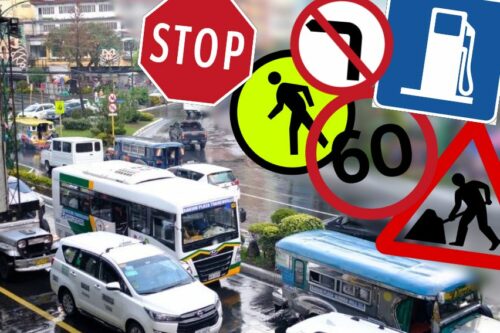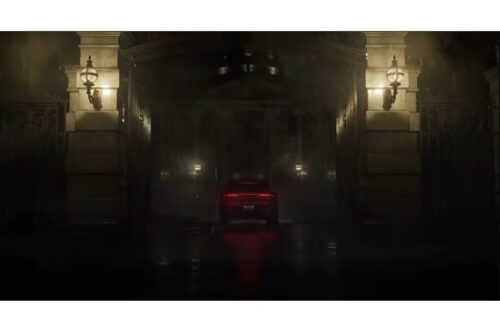Advancements in Internal Combustion Engines
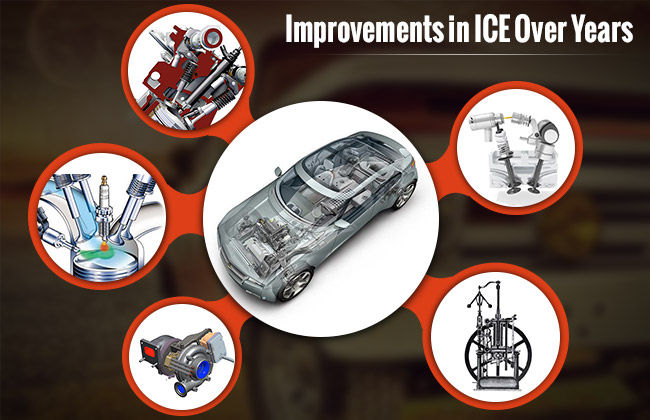
MANILA: ICEs have been on the run for so long that despite the green hype, they will keep powering automobiles for the predictable future. The first effective gasoline-powered engine was developed only in 1859 when spark-ignition engine that could be operated continuously came into existence. Since then, many descendants have evolved in the face of modern gasoline engines and continuous advancements as well as technology improvements are made marking the long life of Internal Combustion Engines.
The world has even seen the time when we had our first very in-budget Ford Model T powered by a 2.9L engine pouring out just 22 hp of power which was a very tiny for its then size. Seeing today's ICEs we can say, motor engines have been consistently evolving since the very beginning of their era. Engines of today's generation are more compact, downsized yet more powerful, more durable, quieter, less polluting and even more fuel-efficient than ever before. All these owes to the continuous advancements in ICEs technology as well as design.
Here, we have listed few significant improvements in an engine which we have seen over time. Without any further ado, let's take a look at where engines have been and where they have reached as well as where they are headed.
Countdown begins!!
6. Four-Stroke Engine:
The world had already witnessed the great single-piston engine in the first vehicle- the 1885 Benz Patent Motorwagen which churned out only 2/3 of a single horsepower. Apart from the single-piston, it was a two-stroke engine. The 2-stroke engine was fast replaced by the four-stroke engine which was one of the earliest advancement in ICEs in the late 1800s. Despite being quite complicated and expensive to manufacture, 4-stroke engines are the industry favorite till date and not going anywhere soon thanks to its improved fuel economy, less polluted emissions, more power, and torque.
5. Turbochargers/SuperChargers:
Later came the trend of producing more power without increasing engine size and this brought turbochargers in existence. Developed on the theme of forced induction, they elevate the cylinder pressure, cramming more air and increasing the power produced by pistons. So basically, turbochargers and superchargers are air compressors that cram more air into the engine. We can witness this technology alongside downsizing in Mini Cooper S which has a turbocharged 1.6L engine but offers more than 200 hp of power.
4. Fuel Injection:

For improved throttle response, fuel efficiency and easy ignition, fuel injection technology was introduced completely replacing the carburetor which was used for mixing air and fuel and then depositing it into the combustion. Fuel injection technology was more sophisticated and mixed fuel and air in a fine mist by spraying gasoline into the air intakes. Engines with fuel injections are easier to start and are more sensitive to the throttle response.
3. Direct Injection:
Direct injection is a more refined improvement to the fuel injection in which fuel and air are sprayed directly in cylinders instead of air intake manifold allowing engine computers to have complete control over the amount of fuel used and variations depending on the need i.e acceleration or cruising. Consequently, the desired output of fine mix of fuel is yielded making the engine more fuel-efficient.
2. Variable Valve Timing & Shift:
We all are aware of the term VTEC commonly related to Honda vehicles. People who want higher performance often go for VTEC technology but what it refers to? VTEC simply refers to variable valve timing and lift electronic control which allows air flow in the engine through valves to slow down or speed up as required which traditional engine does not offer. While Honda is the only brand to offer VTEC technology, Toyota and BMW go for VVT-i and VANOS (Valvetronic) which work a little differently but achieve the same desired output. These technologies help smaller displacement engines to yield more power, thus, help in fuel savings.
1. Hybrid Cars:
Government strict emissions regulations and high gas prices have compelled major brands to become more environment-friendly than ever before and one of the biggest refinement in the age of improved fuel-efficiency are hybrid engines. Even if the innovations like this continue to happen in the auto industry, then also we could have ICEs as electric motor works only for shorter range, though we have some brands that are working for high-range battery vehicles.
The race of becoming more fuel-efficient is still going on and it will be interesting to see what more innovations we get to see in future.
Sell your car at the best price
 Verified and genuine buyers
Verified and genuine buyers
-
Explore Honda Civic
Honda Civic Related Stories
- News
- Featured Stories
- Expert Review
Honda Car Models
Don't Miss
Trending & Fresh Updates
- Latest
- Popular
You might also be interested in
- News
- Featured Stories
Honda Featured Cars
- Upcoming
- Popular
Latest Honda Civic Car Videos on Zigwheels

Compare & Recommended
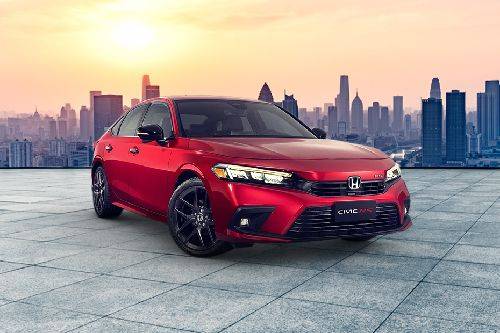
|
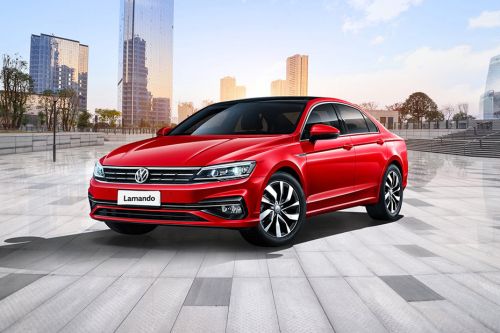
|
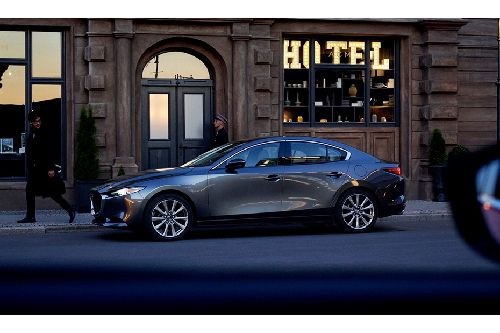
|

|
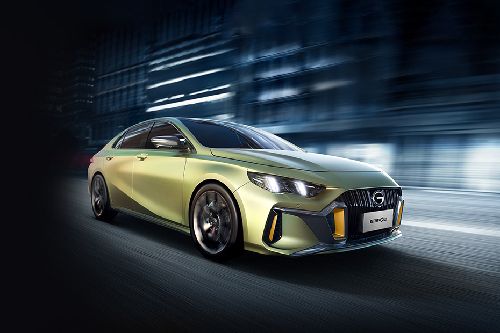
|
|
Ground Clearance
134 mm
|
-
|
135 mm
|
128 mm
|
125 mm
|
|
Seating
5
|
5
|
5
|
5
|
5
|
|
Fuel Type
Gasoline
|
Gasoline
|
Gasoline
|
Gasoline
|
Gasoline
|
|
Engine
1498
|
1395
|
1998
|
1798
|
1497
|
|
Power
176
|
148
|
153
|
138
|
168
|
|
Torque
240 Nm
|
250 Nm
|
200 Nm
|
153 Nm
|
270 Nm
|
|
Transmission Type
CVT
|
Automatic
|
Automatic
|
CVT
|
Automatic
|
|
|
Trending Sedan
- Latest
- Upcoming
- Popular
Honda Civic Car Articles From Carmudi
- journal

